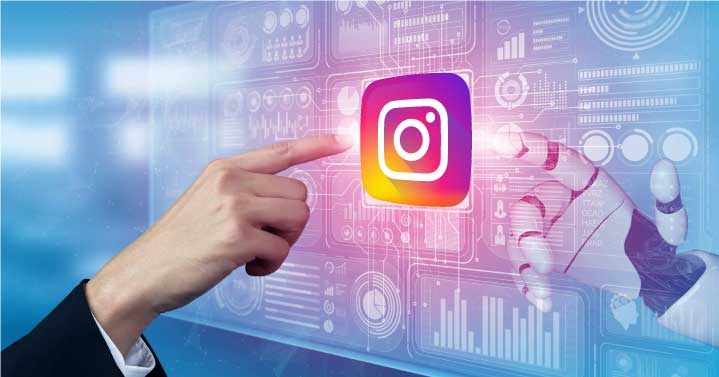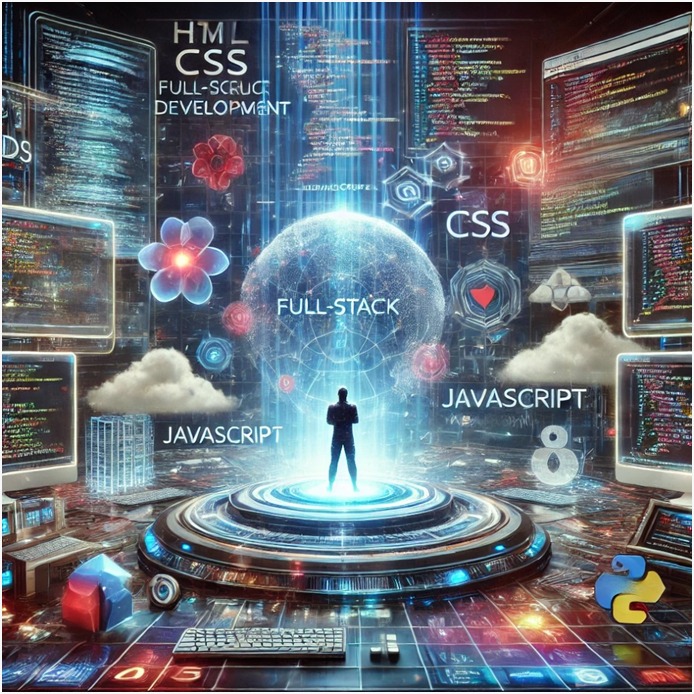Explore: Your passport to simple insights and fresh ideas.
The Role of Machine Learning in Personalized User Experiences
In today's digital age where the every user's preferences and the behaviors are unique delivering the personalized experiences on the websites and the applications has become a top goal for the businesses. The Machine learning with its ability to analyze the huge amounts of the data and make the predictions is playing a essential role in achieving this objective. In this blog we will explore the importance of the machine learning in creating the personalized user experiences.
Understanding Personalization
Personalization refers to tailoring the content, recommendations, and the interactions to suit the specific needs and the preferences of the individual users. Rather than offering a one-size-fits-all experience, personalized the user experiences adapt and evolve based on the user behavior, demographics, and the interactions with the platform.
Data-Driven Insights
The Machine learning relies on the data. By collecting and analyzing the user data, such as the browsing history, search queries, and the past interactions, the machine learning algorithms gain the valuable understandings into the user preferences. These understandings lay the foundation for creating the personalized experiences.
Recommendations and Content Curation
The One of the most visible applications of the machine learning in personalization is the recommendation systems. Whether you're shopping on an e-commerce site, streaming the music or the videos, or even reading the news articles, machine learning algorithms analyze your past behavior and suggest the products, songs, or the articles that are likely to match your interests. This not only enhances user engagement but also drives sales and user retention.
User Behavior Prediction
The Machine learning models can predict the user behavior such as the likelihood of making a purchase, clicking on the specific content, or the churning (leaving the platform). By understanding these behaviors in advance, the websites and the applications can proactively adapt their content and interactions to maximize the user satisfaction and achieve the business goals.
Dynamic User Interfaces
The Personalization extends beyond the content recommendations. The Machine learning can also the influence the layout and the design of a website or app. For example an e-commerce platform may personalize the product design based on your browsing history showcasing the items you're more likely to purchase importantly. This dynamic UI keeps the users engaged and reduces the friction in the user journey.
Real-Time Adaptation
The Machine learning-driven personalization is not static. It's a continuous process that adapts in the real-time as user preferences change. For example if you start showing an interest in a new category of the products, the system can quickly adjust its recommendations to reflect this change.
Benefits of Personalization
Personalized user experiences offer several advantages-
Improved User Engagement- Users are more likely to engage with the content and stay on a platform when they feel that it's custom-made to their interests.
Increased Conversions- Personalized the product recommendations can boost the conversion rates and the drive sales as users are presented with the items they are more likely to purchase.
Machine learning is revolutionizing the way we interact with the websites and the applications by enabling the personalized user experiences. By leveraging the user data and the predictive analytics the businesses can create the tailored content, recommendations, and the interfaces that not only pleasure the users but also drive their bottom line.









